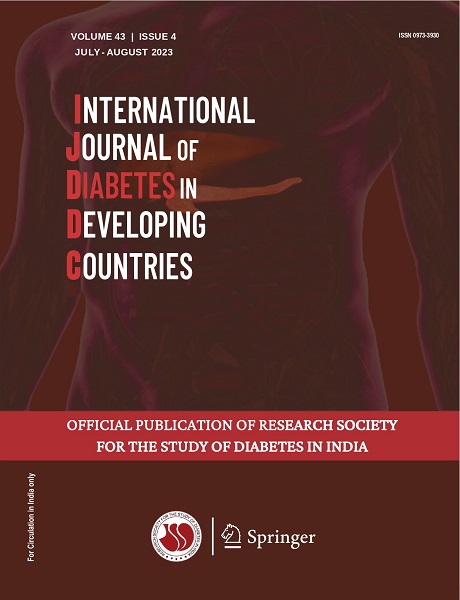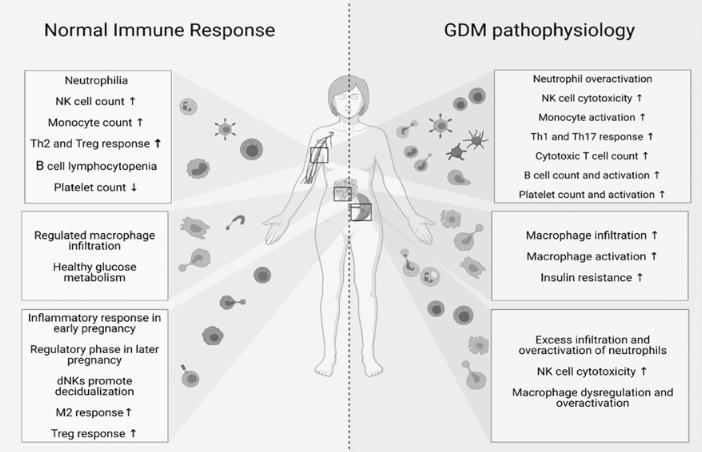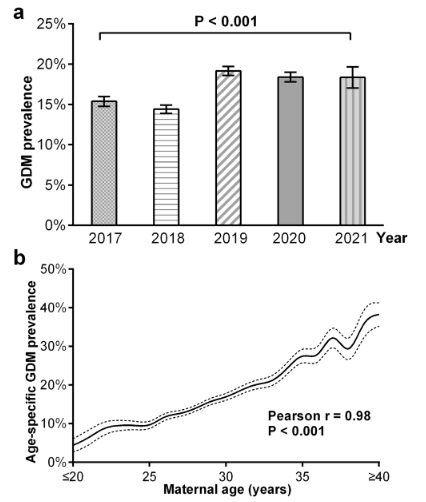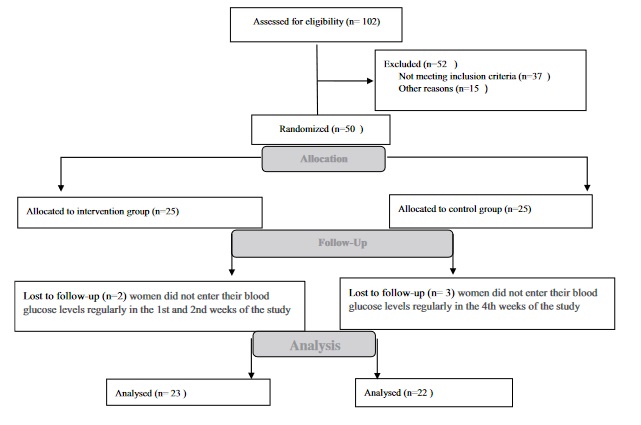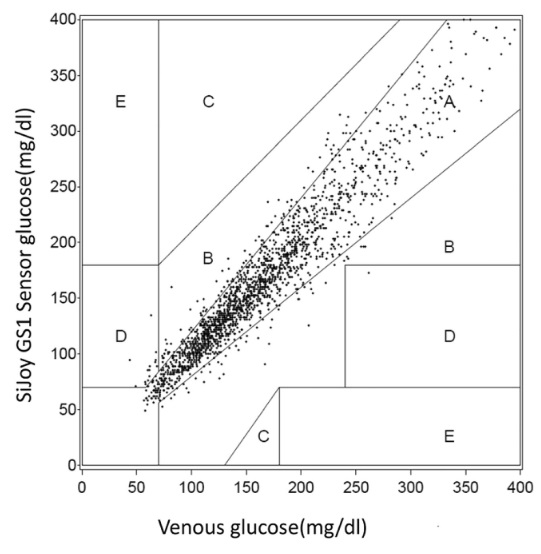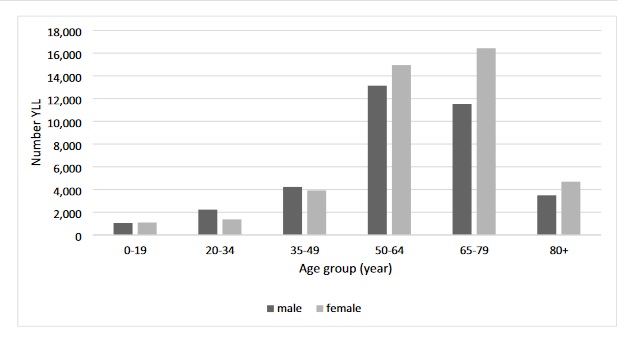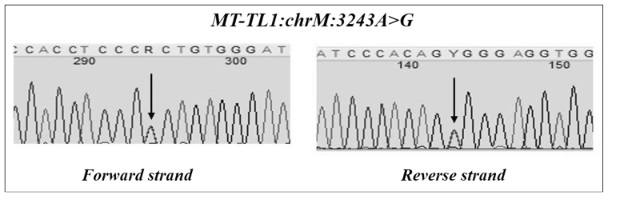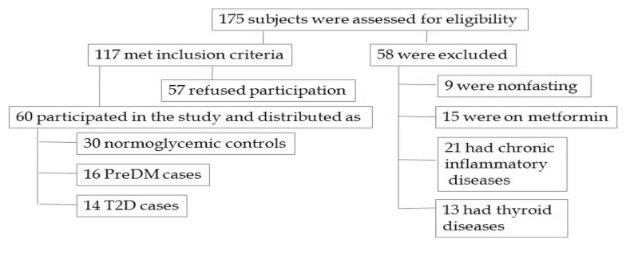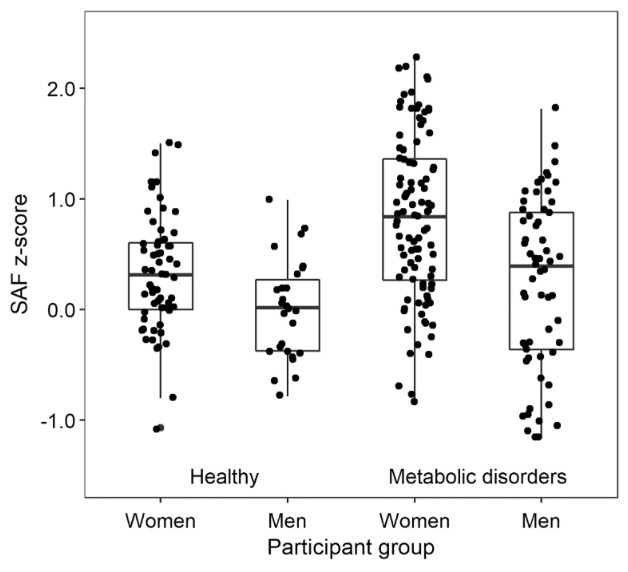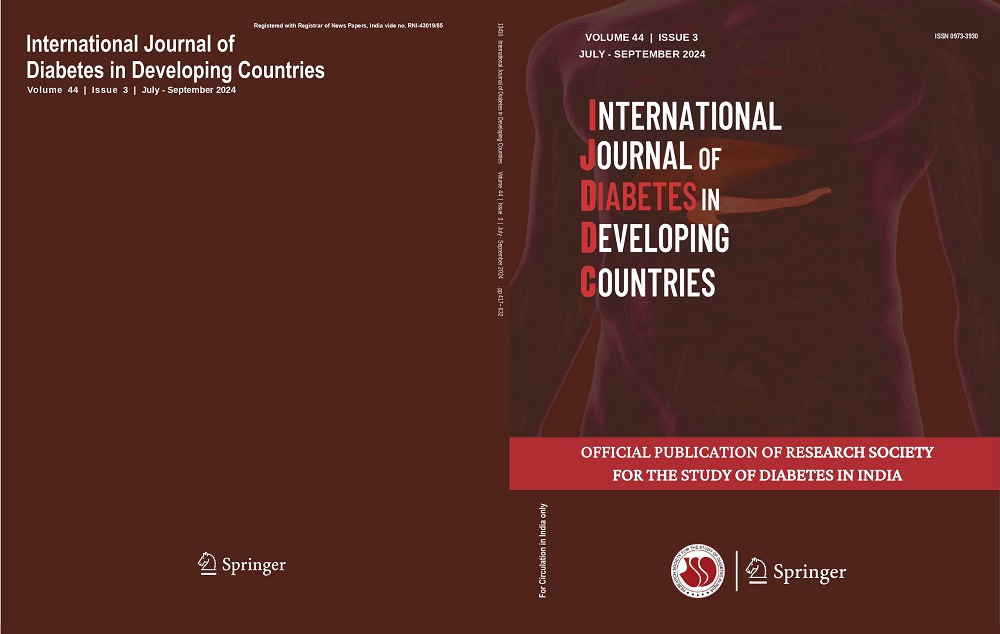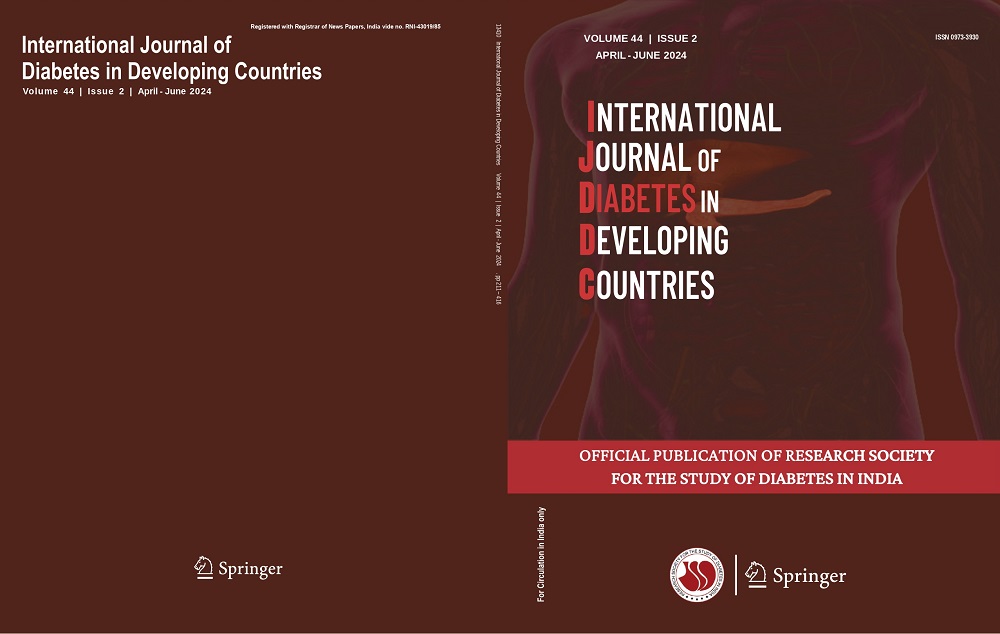Zonulin, carnitine, choline, -butyrobetaine (-BB), and trimethylamine-N-oxide (TMAO) are intricately involved in metabolic anomalies and type 2 diabetes mellitus (T2D). This study aimed to compare and correlate the plasma levels of zonulin, carnitine, choline, -butyrobetaine, and TMAO, along with the adiposity, atherogenicity, surrogate insulin resistance (sIR), and proinflammatory hematological indices of newly diagnosed drug-naive prediabetic and diabetic patients vs. apparently healthy normoglycemic controls
Author(s): Alia Snouper, Violet Kasabri, Nailya Bulatova, Maysa Suyagh, Monther Sadder, Khaldoun Shnewer, Ismail Yousef
ORIGINAL ARTICLES - BASIC
Text Details
View PDF
Download PDF
